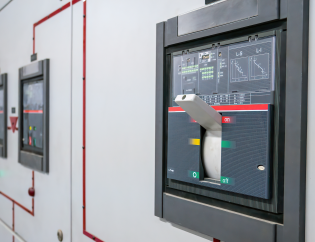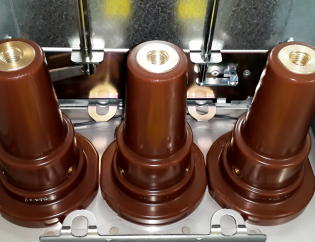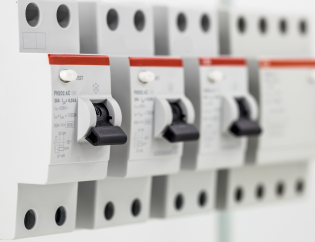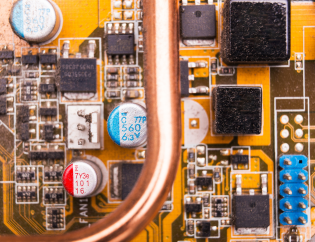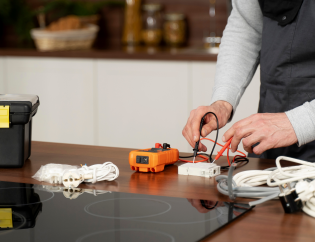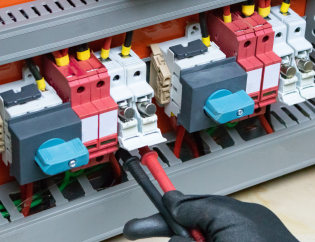Components of Electric Power Distribution System
Understanding the basics of the electric power distribution system and its components ensures a safe and sustainable electricity supply. Let’s explore its various features.
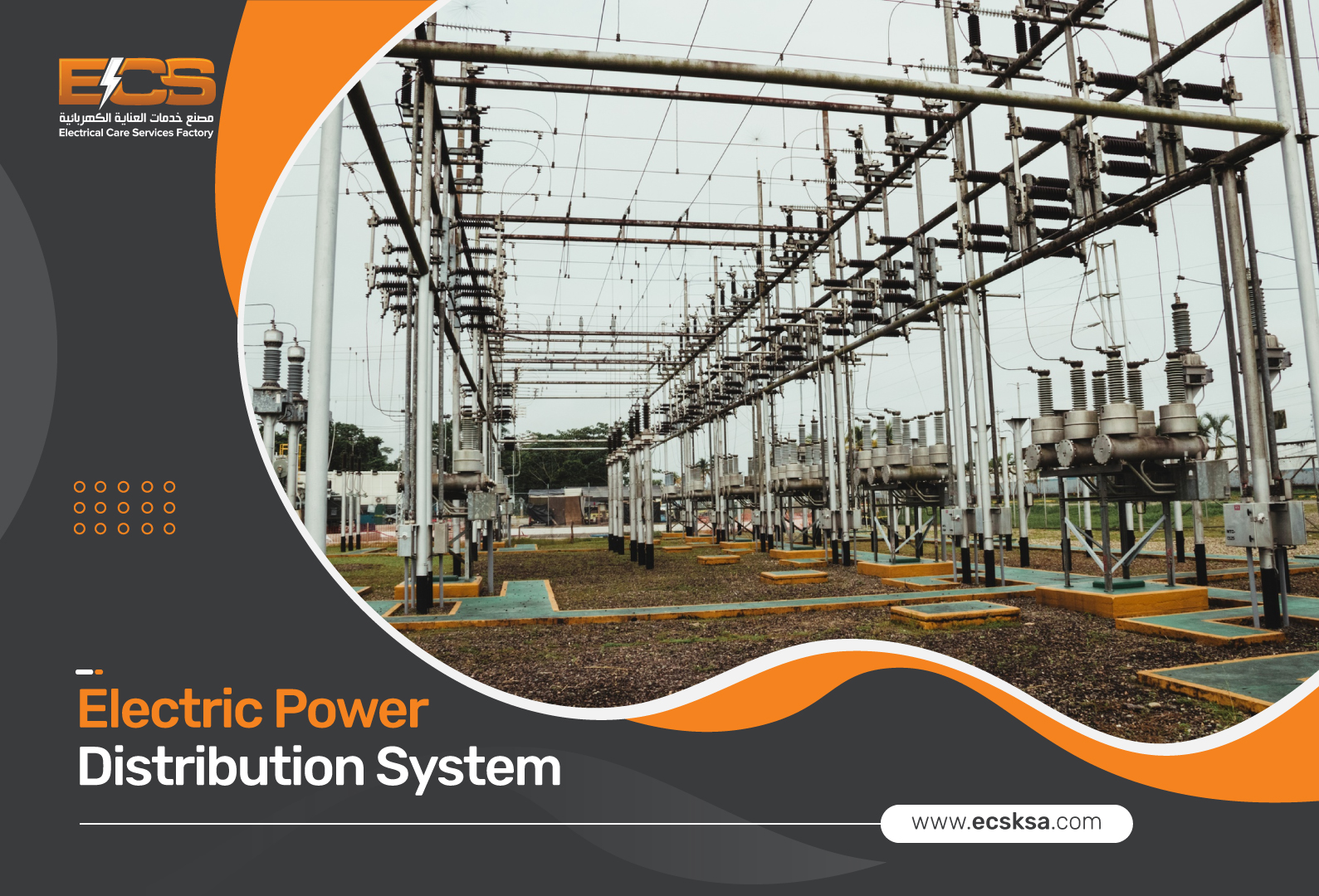
Transformers:
Transformers are used to change the voltage level of the electric power that is being transmitted. The voltage of the electric power that power plants generate is usually very high. The voltage level must be reduced before the power can be distributed to homes and businesses. This is where transformers come in; they transform the high-voltage power into low-voltage power that is safe for end-users.
Distribution Lines:
Distribution lines are the cables that carry electric power from the substations to the end users. These lines are usually either overhead or underground. Overhead lines are supported by poles, while underground lines are buried underground. The choice of the type of line to use depends on various factors, including cost, environmental concerns, and the location of the end users.
Substations:
Substations are facilities where the voltage of the electric power is transformed from high to low levels. They connect the power generated by power plants to the distribution lines that carry the power to end users. Substations are typically located near the end-users to reduce the length of the distribution lines and the associated power losses.
Metering Equipment:
Metering equipment measures the amount of electric power that end users consume. This equipment is usually located near the end-users and is used to determine the amount of energy consumed, which is then used to calculate the billing amount.
Switchgear:
Switchgear controls the flow of electric power within the distribution system. It consists of circuit breakers, fuses, and other protective devices that help ensure the system operates safely and reliably. Switchgear is typically located in substations, facilities where the power voltage is transformed, and the power is distributed to the distribution lines.
Looking to optimize your electrical power distribution system? Our customized switchgears are designed to be efficient, cost-effective, and reliable. Contact us now to experience the benefits of a well-designed and high-performing power distribution system.
How the Electric Power Distribution System Works
The electric power distribution system delivers power from power generation facilities to end-users. The process involves several steps, including power generation, transmission, transformation, and distribution.
Power is generated by power plants, which convert various forms of energy, such as fossil fuels, nuclear energy, or renewable sources, into electric power. The power is transmitted from the power plants to the substations using high-voltage transmission lines. At the substations, the power voltage is reduced using transformers, which are distributed to the distribution lines that carry the power to end users.
AC Power Distribution Vs. DC Power Distribution
One of the critical considerations in the electric power distribution system is whether to use AC (alternating current) or DC (direct current) power distribution. We will explore the differences between AC and DC power distribution and their advantages and disadvantages.
AC Power Distribution
AC power distribution is the most commonly used method for delivering electric power in the electric power distribution system. The power is transmitted and distributed as an alternating current, periodically reversing direction. AC power distribution has several advantages, including:
- Ease of Generation and Transmission – AC power is relatively easy to generate and transmit over long distances. This is because it can be stepped up or down in voltage using transformers, allowing efficient transmission over high-voltage power lines.
- Cost-Effective – AC power distribution equipment is generally less expensive than DC power distribution equipment. This is because AC power can be easily converted from one voltage level to another using transformers, while DC power requires more complex and expensive equipment.
- Compatibility – AC power is compatible with most electrical devices, including motors, lights, and appliances. This makes it the preferred choice for most end-users.
DC Power Distribution
DC power distribution is less commonly used in the electric power distribution system but has several advantages over AC power distribution. The power is transmitted and distributed as a direct current flowing in one direction. DC power distribution has several advantages, including:
- Efficiency – DC power distribution is more efficient than AC power distribution. This is because DC power does not experience the same losses as AC power when transmitted over long distances.
- Stability – DC power is more stable than AC power. This is because it does not experience the same voltage fluctuations as AC power, which can cause power quality issues and even damage to electrical equipment.
- Renewable Energy Integration – DC power distribution is better suited for integrating renewable energy sources like solar panels and wind turbines. These sources generate DC power, which can be directly fed into the DC power distribution system.
Challenges and Solutions in Electric Power Distribution
The electric power distribution system faces several challenges that can affect its reliability and efficiency. One of the challenges is outages and power interruptions, which can be caused by various factors, including severe weather conditions, equipment failures, and human errors. To address this challenge, distribution system operators use advanced monitoring and control systems to detect and isolate faults quickly and restore power as soon as possible.
Another challenge is grid instability, which can occur when the power demand exceeds the capacity of the distribution system. This can result in voltage fluctuations, power quality issues, and even blackouts. Distribution system operators use various techniques to address this challenge, including load shedding, voltage regulation, and smart grids.
Voltage regulation is a critical aspect of the electric power distribution system. It involves maintaining the power voltage within a specific range to ensure that it is safe and efficient for end-users. Voltage regulators are used to adjust the voltage levels as required, and advanced control systems are used to monitor and control the voltage levels in real time.
Smart grids are an emerging technology that promises to revolutionize the electric power distribution system. Smart grids use advanced communication and control technologies to enable real-time monitoring and control of the distribution system. They can also incorporate renewable energy sources and energy storage systems to provide a more sustainable and reliable power supply.
Conclusion
In conclusion, the electric power distribution system is a critical infrastructure that plays a vital role in our daily lives. As we continue to rely more on technology and electricity, it is important to ensure that the electric power distribution system is efficient, reliable, and resilient. Smart grid technology has the potential to transform the way we distribute and consume electricity, enabling a more efficient and sustainable energy future. With continued investment and innovation in the electric power distribution system, we can overcome the challenges and pave the way toward a brighter, cleaner, and more resilient future.
If you are seeking to enhance the reliability and efficiency of your electrical power distribution system, consult the experts at ECSKSA. By exploring the latest advancements and best practices in power distribution, we can identify potential solutions and optimize your system to better meet the needs of your end-users
Do you have a question in your mind? If so, make sure to fill out the form below!



